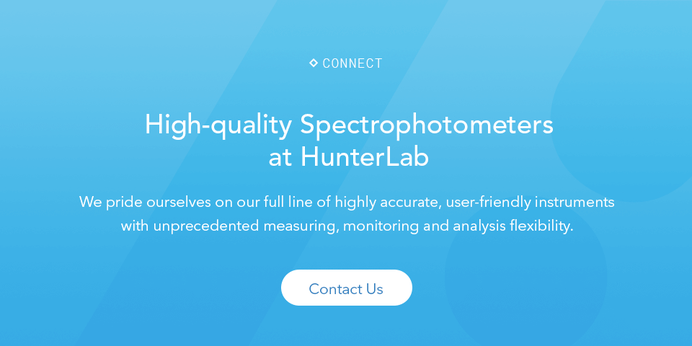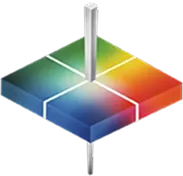
Spectrophotometers have played an essential role in the evaluation of fruits and vegetables for decades. Now, spectrophotometers are promoting increased produce intake.
As early as the 1920s, scientists have used color-based evaluation systems to determine the quality of fruits and vegetables. The first attempts were rudimentary, employing the manual use of Munsell color matching disks and other methodologies reliant on visual analysis.1 Such approaches were inherently subjective, dependent on the error-prone human eye, limiting their accuracy. But with the introduction of spectral analysis, that changed. Suddenly, there was an objective way of measuring color, one that allowed researchers to precisely categorize the quality of fruits and vegetables via spectral reflectance values rather than unreliable human sight.
Today, spectrophotometers are employed by fruit and vegetable producers all over the world to evaluate both the appearance and the constitution of produce. These sophisticated instruments allow for the highest level of quality control to ensure only the most appealing products enter the marketplace. Additionally, the captured data guides horticultural practices and protects public health and safety.
But while spectrophotometers have led to the production of more consistent and visually appealing produce, this has yet to translate into increased consumption of fruits and vegetables. Now, researchers want to change that.

Despite ample evidence that that fruits and vegetables provide important health benefits, intake remains low.



